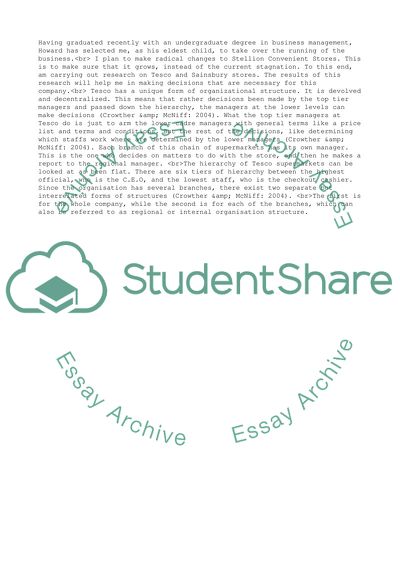Cite this document
(“Tesco and Sainsbury Case Study Example | Topics and Well Written Essays - 1750 words”, n.d.)
Retrieved from https://studentshare.org/business/1532820-tesco-and-sainsbury
Retrieved from https://studentshare.org/business/1532820-tesco-and-sainsbury
(Tesco and Sainsbury Case Study Example | Topics and Well Written Essays - 1750 Words)
https://studentshare.org/business/1532820-tesco-and-sainsbury.
https://studentshare.org/business/1532820-tesco-and-sainsbury.
“Tesco and Sainsbury Case Study Example | Topics and Well Written Essays - 1750 Words”, n.d. https://studentshare.org/business/1532820-tesco-and-sainsbury.


